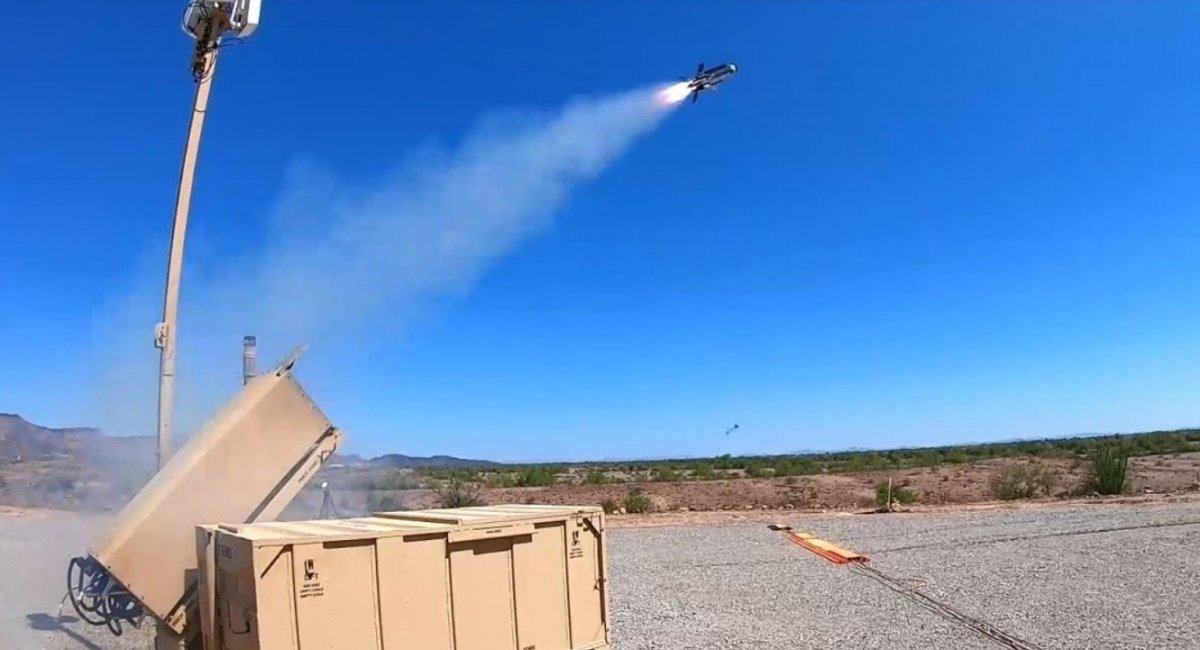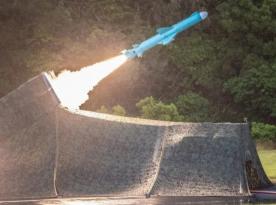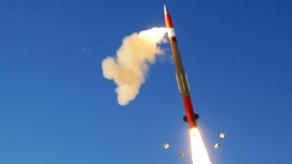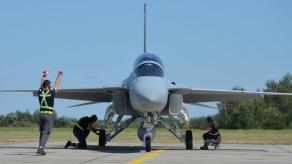Yesterday on May 9 the United States announced a new package of military assistance to Ukraine, shrouded in secrecy. It included only six items in the list totaling USD 1.2 billion.
One of the items was labeled "ammunition for counter-Unmanned Aerial Systems," and the only thing that comes to mind is the American FS-LIDS system from Raytheon. It was adopted by the U.S. Army relatively recently, in 2018, and approved for export for the first time in December 2022 when Qatar ordered a stationary version of this system for $1 bln.
Read more: The Pentagon Announced the Most Secret Aid Package for Ukraine Worth 1.2 billion Dollars for Only Six Positions
So far we can only assume that the FS-LIDS system was included in the package for Ukraine. It works in the following way: in a situation where EW systems couldn't suppress enemy kamikaze drones, the system deploys kamikaze drones of its own to collide into the hostiles.
Precisely speaking, the FS-LIDS system intended for Qatar consists of the FAAD C2 fire control system, KuMRFS multi-mission radars and electro-optical sensors for detecting enemy UAVs, Counter-Small Unmanned Aircraft Electronic Warfare Systems (CUAEWS), and 200 interceptors themselves called Coyote Block 2 with associated launchers.
As for the Coyote Block 2 interceptor, it is indeed a kamikaze drone with a jet engine that flies at subsonic speed and operates within a 15 km radius. Raytheon says the Coyote drone can also be used as a "classic" loitering munition against moving ground targets.
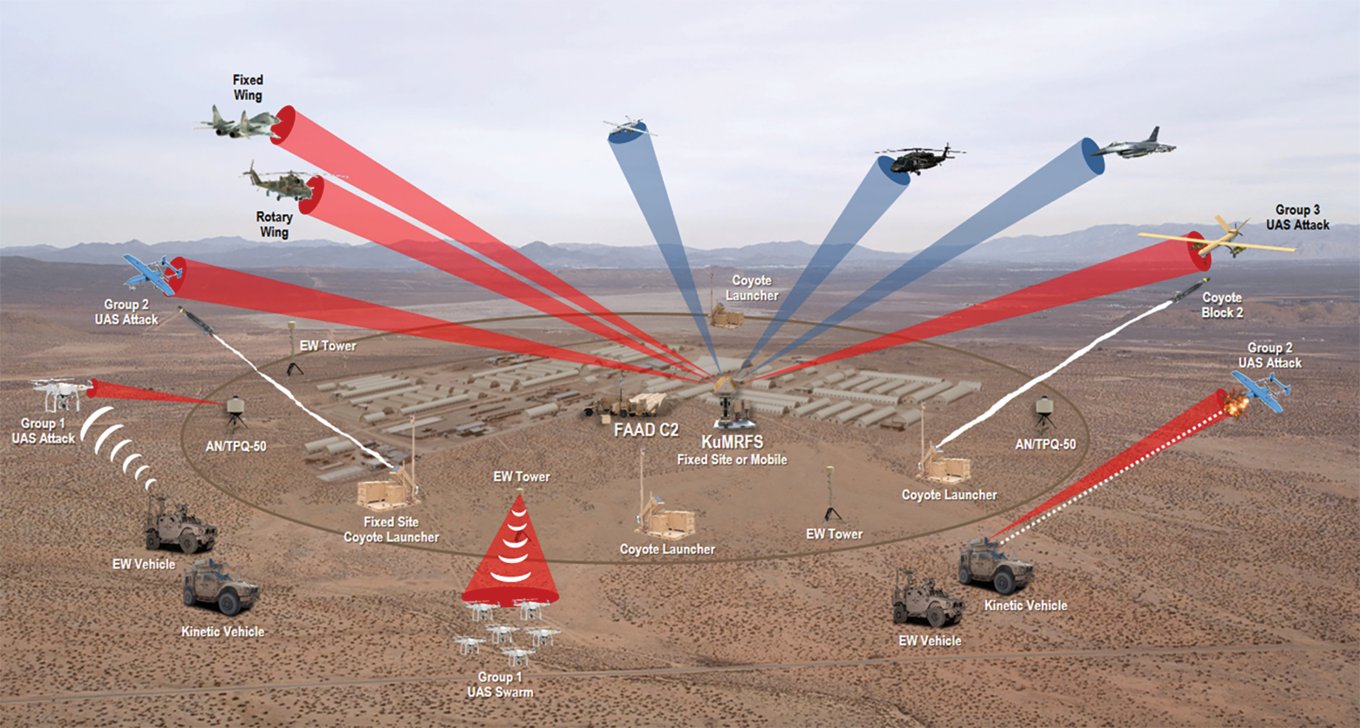
Notably, the FS-LIDS has already undergone at least one improvement during the time of service with the U.S. Army. the first incarnation of this system used Coyote Block 1 as an interceptor, it was equipped with an electric propeller and its design was similar to a Switchblade munition.
But practice shows that such a drone has too little kinetic energy to take down air threats effectively. That's why the designers of American Raytheon had to create a hybrid: a jet-powered kamikaze drone against aerial targets, an "imitation air defense missile" or an "air defense drone," so to speak.
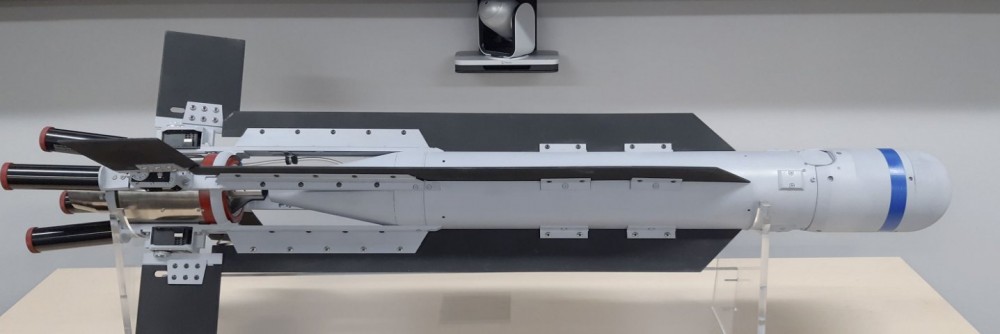
And here one might wonder: why even bother with supplying these new "air defense drones" to intercept russian-launched Shahed-131/Shahed-136 UAVs if the US could just send more MANPADS or SHORAD (FS-LIDS belongs to this category, too)? Apparently, the reason here is that the United States cannot establish sufficient rates of production of air missiles to keep up with Ukraine's needs in the war against russia.
As a reminder, the US practically forgot how to make Stinger missiles, so they have to design some crucial details anew in order to increase the rates of Stinger production.
On a side note, the idea of using drones against drones is not that uncommon after all. For example, russians revealed a similar concept in 2021, a new application for their Lancet loitering munition. They claimed it would be capable of "taking down Bayraktar TB2 drones" of Turkish making. The statements came against the background of Ukraine's progress in negotiations with Bayraktar drone maker Baykar Makina.
However, the russians did not bring this concept to life, and we haven't seen Lancet used as an anti-air weapon in Ukraine. Though if the US did approve the transfer of FS-LIDS with Coyote drones, we might see how viable it is to counter drones with other drones.
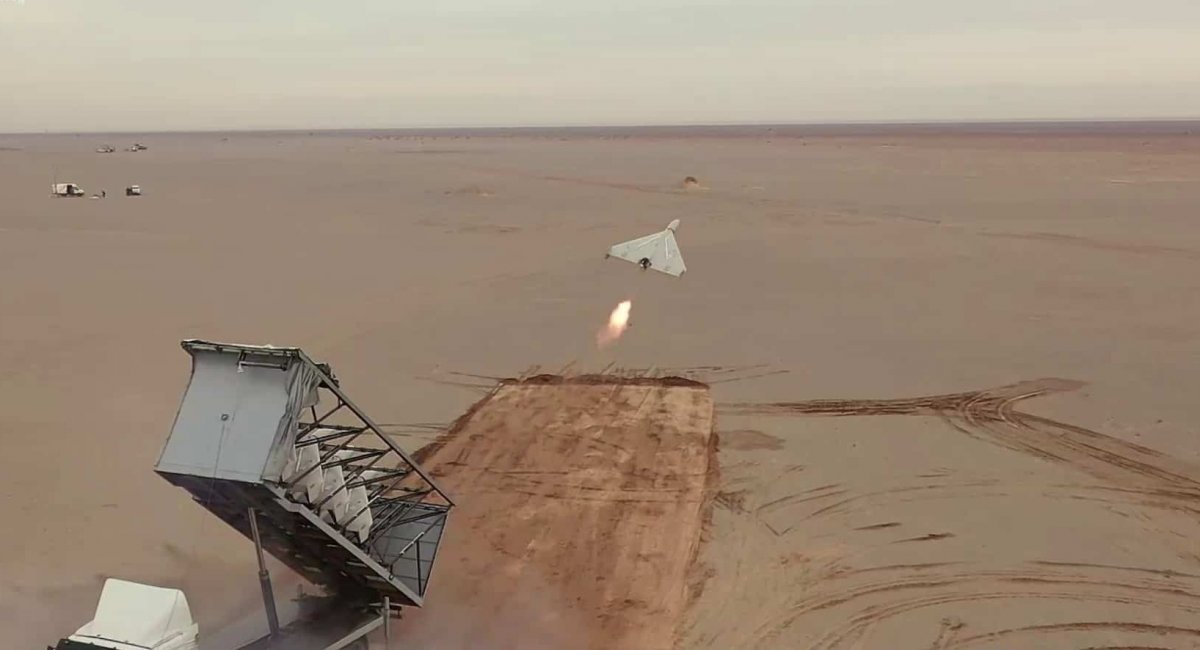
Read more: Russia "Forgot" About Their Unique Anti-Bayraktar TB2 Weapon




